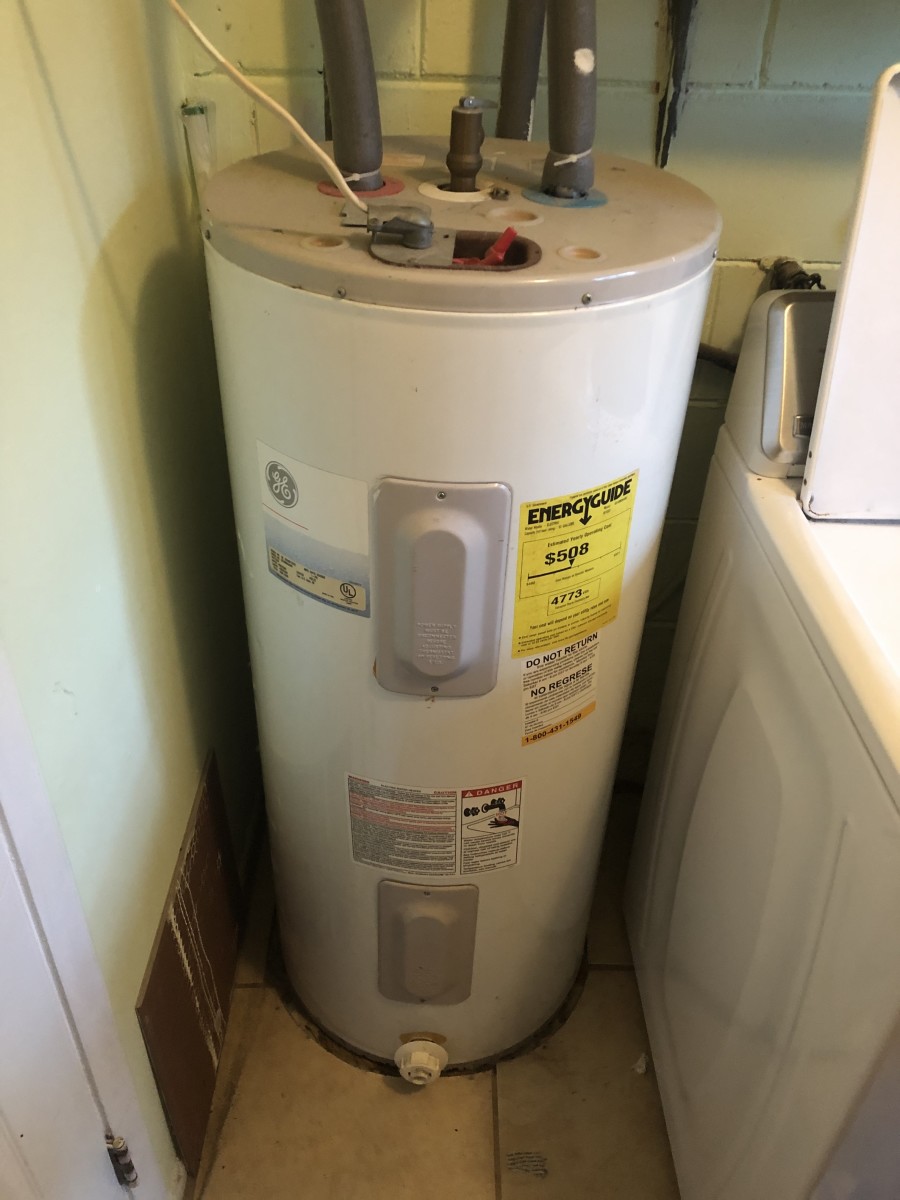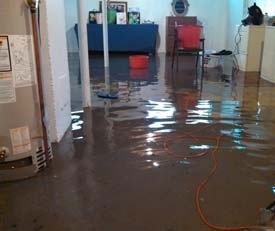How do you feel on the subject of Maintaining & Draining a Water Heater?

Whether it lies in the cellar or a different room, broken water heaters can cause stress. A conventional system holds 80 gallons, so an over night leakage will cause a flood. This leads to significant residential property damages with drenched wall surfaces and also floorings. Having no warm water supply is additionally bothersome. If you are handling these issues, keep in mind of the following:
Call the Plumber
After doing the initial 2 security steps, you must call your plumber ahead as soon as possible to repair a ruptured hot water heater. Keep in mind that your unit will certainly not just conk out dramatically overnight. There are generally signs that your aging water heater has debris accumulation in the interior. Make note of the following:
Don't wait for significant flooding to call the plumber. By then, you will need to invest even more to restore your building. Rather, as soon as you find these indicators, have a specialist involved examine your hot water heater tank. Normally, water heaters have a life expectancy of concerning 8 to 12 years. With regular assessment and also maintenance, you can extend its life.
Cut Off the Cold Water Supply
Cut off the storage tanks tap water supply from the source. When your tank is in good condition, the cold water quits loading up when the container is full. If you can not discover it or reach it, you should turn off that main water supply line outside your property.
Shut Off Source Of Power
Prior to calling the plumber, shut down a gas hot water heater by turning the temperature dial. This is typically located on top of the thermostat. Switch over off the circuit breaker if you have a version that runs on electrical power. This will prevent electrocution, especially if there is a leakage as water is a conductor. Normally, the heating element shuts off when the water strikes a details temperature level. However with a broken container, it might malfunction. Cutting it off ensures you remain risk-free.
Clean Up Residential property
After calling the plumber, document damages by keeping in mind and photos so you can claim your house owner's insurance policy. From there, start the prompt cleanup. Take out any type of important items to avoid further saturating. Eliminate any type of standing water to protect against mold and mildew as well as mildew growth. If you have a submersible water pump, use that to drain the water. Or else, the traditional container approach will likewise function. Try to wipe out every little thing, including wall surfaces as well as walls. If you have an electrical follower and also dehumidifier, keep them running to keep air circulating. This will aid prevent mold growth.
Keep in mind, if you observe any issues with your water heater, call the pros right now. You can not take this trouble gently since a defective thermostat can raise water temperature to an alarmingly high degree, resulting in unintended burns. A broken heating unit stress relief valve can additionally create an explosion. For best outcomes, Click On This Link get an annual check so your system gets inspected, cleaned up, drained, and also filled up, ensuring ideal performance.
After doing the initial two safety actions, you must call your plumber to come right Visit The Following Page away to deal with a fractured water heating system. Rather, as quickly as you detect these indications, have actually a professional come to check your water heater container. Prior to calling the plumber, closed off a gas water heating unit by transforming the temperature dial. If you have a completely submersible water pump, use that to drain pipes the water. Keep in mind, if you discover any kind of problems with your water heater, call the pros right away.
8 REASONS YOUR HOT WATER HEATER IS NOT WORKING & HOW TO FIX
Water Heater Problems & Solutions
Loose or Damaged In-Line Valve
Unlike a water leak near the bottom of your water tank, a water leak on top of your system can be easily fixed. A common cause of water tank leaks includes a loose in-line valve. This is a handle that is located at the top of the water tank that is engineered to activate or deactivate the flow of water. To fix this problem, you will need to secure the nut that holds the ball or in-line valve in its location. If the leak becomes more severe once it is tightened, you will be required to travel to your local hardware store to purchase a new in-line valve for your water heater.
Damaged Pressure Relief Valve
Most types of water heaters are equipped with a pressure relief valve that is engineered to discharge pressure from the water tank when it becomes too high. If this valve on top of your water heater begins to leak, we recommend purchasing a new one online or from your local store. The process of removing and replacing pressure relief valves is not complicated.
No Warm Water
If you have an electric water heater in your home, the most typical cause of a lack of warm water is a broken heating element. Your water heater is equipped with two heating elements that are tasked with heating incoming water in the water tank. Once a heating element begins to malfunction, you will have little to no hot water to use for showering, cleaning, and laundry.
Low Supply of Hot Water
Are you continuously running out of warm water? This issue may be a byproduct of a cracked dip tube. This tube is engineered to push cold water to the base of your water tank to be heated. Once a crack or hole begins to form in the dip tube, the incoming supply of cold water may be released near the top or middle of your tank. As a result, the cold water on top of the tank will be sent to the faucets and showers in your house. This hot water heater problem can only be fixed by replacing the dip tube on your system. Since the process of installing a new dip tube is complex, we recommend calling a certified technician for help.
A low supply of warm water may also be a signal of excess sediment buildup in your water tank. As your water heater reaches the middle of its life cycle, minerals in water including magnesium and calcium will begin to collect at the base of the water tank. As the minerals continue to grow, there will be less room in the water tank to store hot water. To resolve this problem, flush your water heater to remove the excess minerals.
Water is Too Warm or Cold
If the water in your shower feels uncomfortable hot or cold, you can adjust the temperature of your water by changing the settings on your thermostat. Setting the temperature to 120 degrees Fahrenheit may help you save money on your utility bills. This is an excellent temperature to use if you’re worried about scalding or skin irritation. Does this temperature feel too cold? You may also adjust the thermostat to 140 degrees Fahrenheit to make your showers more pleasant. If your hot water heater is not working when you change the temperature, this is an indicator of a broken thermostat. Immediately find a certified plumbing or heating contractor in your area to repair or replace your thermostat.
Low Water Pressure
Low water pressure is not always caused by a malfunctioning water heater. If you live in an older home with smaller water pipes, the flow of water will be restricted prior to reaching our kitchen or bathroom skins. The only way to eliminate this hot water heater problem is to connect new ¾-inch water lines to your system. Another type of problem that may negatively impact your water pressure includes calcium deposits in water pipes.
As magnesium and calcium begin to form in your pipes, the diameter of your water lines will become smaller. As a result, the warm water from your water heater will not be able to travel in an efficient manner to your sinks or appliances. Since the process of replacing water pipes includes removing drywall, an average homeowner that does not have a plumbing license will not be able to fix this hot water heater problem.
https://www.wmhendersoninc.com/blog/8-reasons-your-water-heater-is-not-working-how-to-fix/

I ran across that content on Maintaining & Draining a Water Heater while surfing the search engines. I beg you take the opportunity to distribute this article if you liked it. Thanks a lot for your time. Visit us again soon.